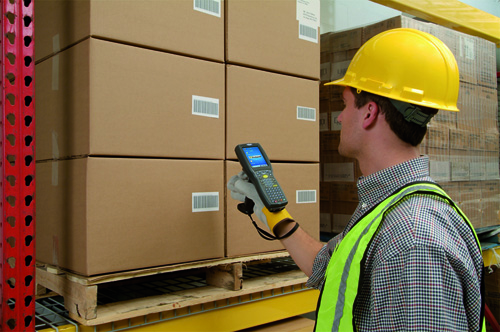Estimated reading time: 2 minutes
If you sell AIDC technology solutions, you already know that barcodes are the primary tool used by enterprise to track and trace any kind of asset all over the world. It’s the global standard for companies worldwide, regardless of size, industry, or location: government, hospitality, retail, wholesale, logistics, manufacturing, security, transportation, utilities, and more. But even for small businesses, the need to do more than just track, identify and authorize is growing beyond the realm of basic AIDC.
RFID was supposed to signal the end of AIDC—much like CDs surpassed cassette tapes, and Blu-Rays expanded on DVDs’ capabilities—but that hasn’t necessarily been the case. While RFID offers broader opportunities for extensive data collection, it hasn’t taken over as the standard data capture technology worldwide. It allows for more automation, more precise tracking, greater security, and more flexibility with non-line-of-sight scanning, but the the initial cost of development and implementation has left it lagging somewhat behind AIDC options among end users.
There is a better way to use both technologies, however, as more businesses realize the benefits of working seamlessly with both AIDC and RFID in tracking and other enterprise applications. Using these technologies in tandem allows users to support their existing network setup and requirements, adding to and enhancing their current system with less downtime, as well as provide an additional layer of redundancy and visibility. A combined approach to data capture offers better control over conversion and migration, in addition to more careful cost control for the initial investment.
The more AIDC solutions your customers can successfully deploy, the better they can run their businesses with more precise information that results in better decision making and improved security. Users should implement barcodes and RFID together if they are looking for both visual and encoded data tracking, greater memory capacity and better security options. RFID can essentially be considered an extension of barcodes in this situation, as it provides opportunities for more data collection within an existing AIDC database. RFID is more efficient, profitable and secure, especially for high-volume and high-value assets, and can provide a vital upgrade to any new or existing barcoding system.
BlueStar’s AIDC solutions specialists can help you discover the ideal ways to design and implement a data capture solution that incorporates both barcoding and RFID for maximum impact on your customers’ business processes and their bottom line. Whether you’re a seasoned barcode specialist looking to grow your product offering and find new customers with RFID, or new to the AIDC industry and looking for the best ways to see the most results from your channel sales, BlueStar has the industry expertise and advanced product knowledge of barcoding, RFID and beyond.
Contact one of our specialists today to learn how you can integrate new technologies to discover incremental new business using BlueStar’s exclusive value-added services and advanced AIDC solutions.
How are you integrating different technologies into more complete solutions?

